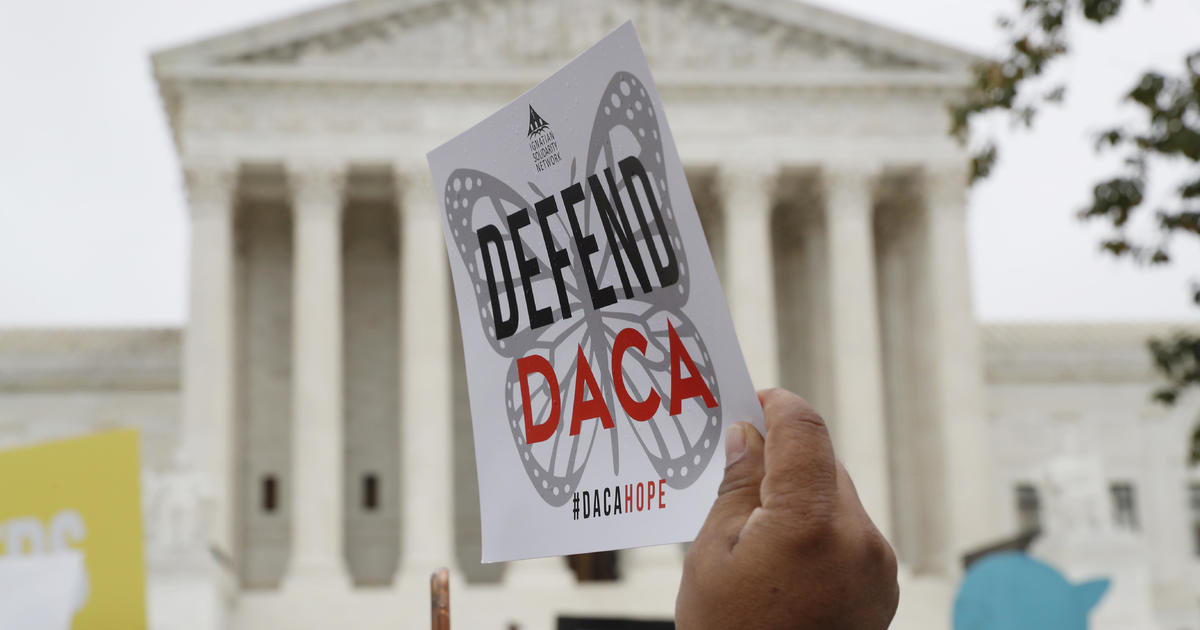
At least 50,000 immigrants have applied for DACA since the program was reopened. Most are still waiting.
CBSN
Approximately 50,000 immigrant teenagers and young adults applied for deportation relief under the Deferred Action for Childhood Arrivals (DACA) policy in the three months after the Obama-era program was reopened to first-time applicants in December, according to newly released government data.
Between January and March, fewer than 800 immigrants — or 1.5% of the applicants during that time span — had their first-time applications for DACA approved, alarming advocates who point to a looming court decision that threatens the program's existence. A federal judge in Texas who has previously called DACA unlawful is set to issue a ruling on the legality of the policy, which several Republican-led states are seeking to dismantle. The Texas-led coalition of states have argued the Obama administration overreached its executive authority when it created DACA in 2012.
Americans are continually encouraged to sock away money in a 401(k) or other retirement plan to ensure a comfortable, if not cushy, life in their later years. Yet about half of all U.S. workers in the private sector lack access to an employer-sponsored retirement plan, a huge obstacle in building enough wealth to retire, a recent study finds.

Washington — Kilmar Abrego Garcia, a Salvadoran man who was mistakenly deported back to his home country and then returned to the U.S. for federal prosecution, may remain in federal custody, after his lawyers and prosecutors sparred over whether he would be deported immediately upon his release while awaiting a criminal trial.

 Run 3 Space | Play Space Running Game
Run 3 Space | Play Space Running Game Traffic Jam 3D | Online Racing Game
Traffic Jam 3D | Online Racing Game Duck Hunt | Play Old Classic Game
Duck Hunt | Play Old Classic Game









